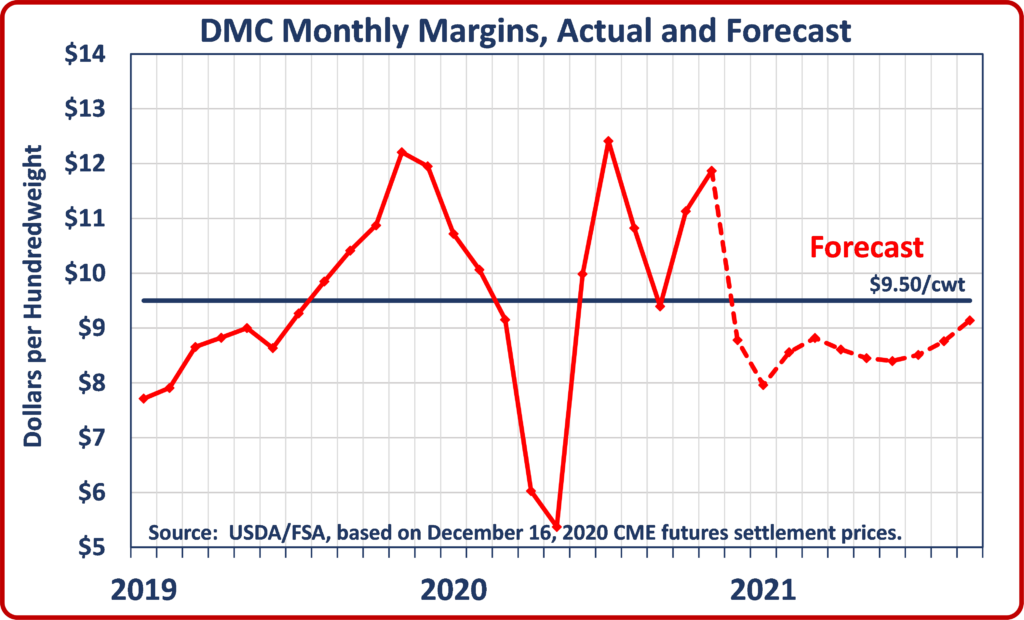NMPF was awarded funding last month from USDA Animal and Plant Health Inspection Service (APHIS) to develop and improve biosecurity on U.S. dairy farms.
NMPF will use the grant to implement and coordinate the Secure Milk Supply plan and develop a biosecurity program area through the National Dairy FARM Program (FARM). The FARM Animal Care program places an emphasis on biosecurity as a key element of dairy herd health and the grant funding will allow for further prioritization.
“The dairy industry has partnered with USDA for more than a decade on the Secure Milk Supply Plan. With this new funding, we are eager to continue and expand our work on biosecurity through integration with FARM,” said Jim Mulhern, president and CEO of NMPF. “We applaud USDA’s work to enhance the prevention, preparedness, detection, and response to animal diseases that threaten the viability of U.S. dairy farms.”
The grant is funded by the 2018 Farm Bill as part of an overall strategy to help prevent animal pests and diseases from entering the U.S. and reduce the spread and impact of potential disease incursions through advance planning and preparedness.






